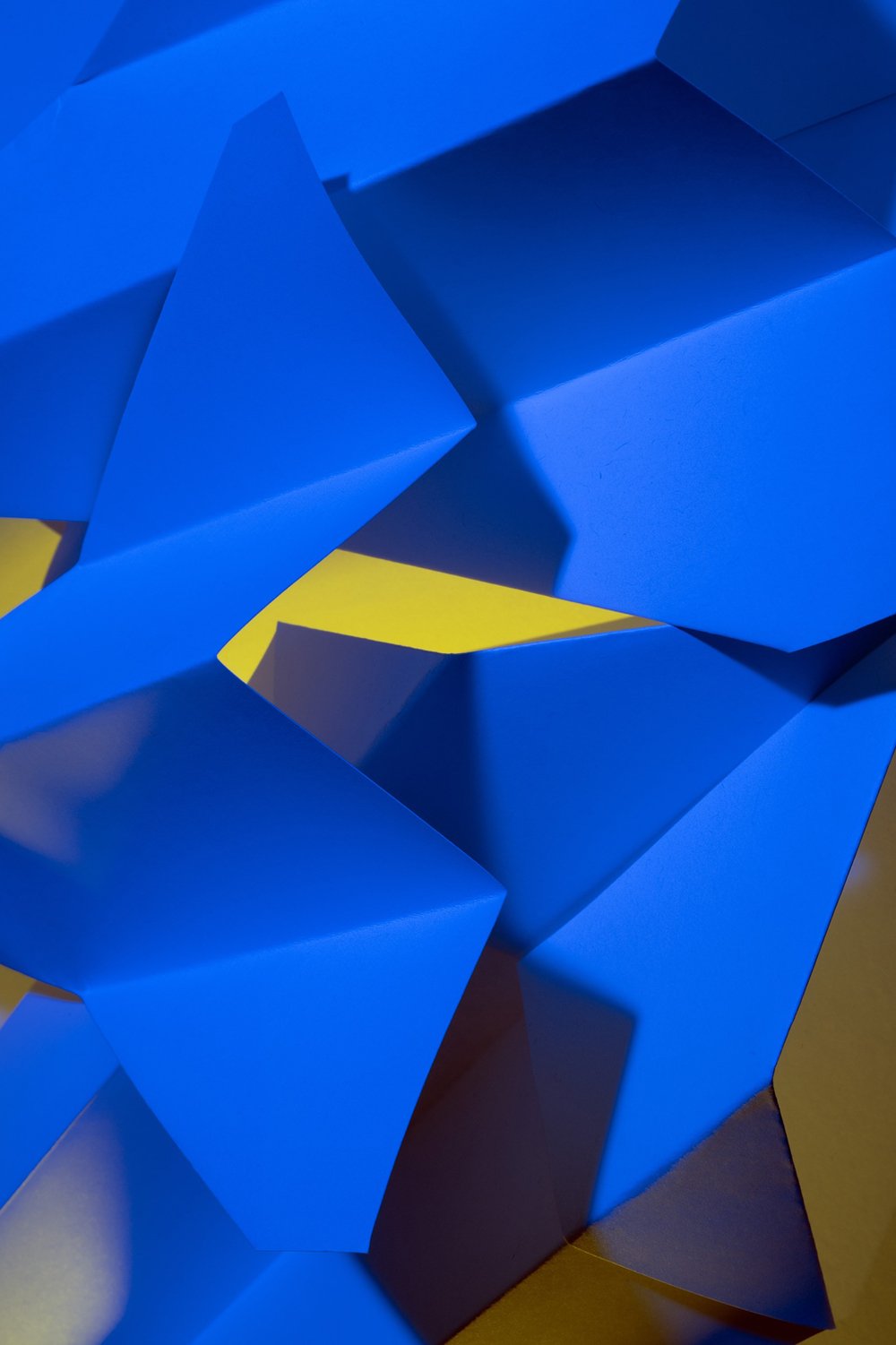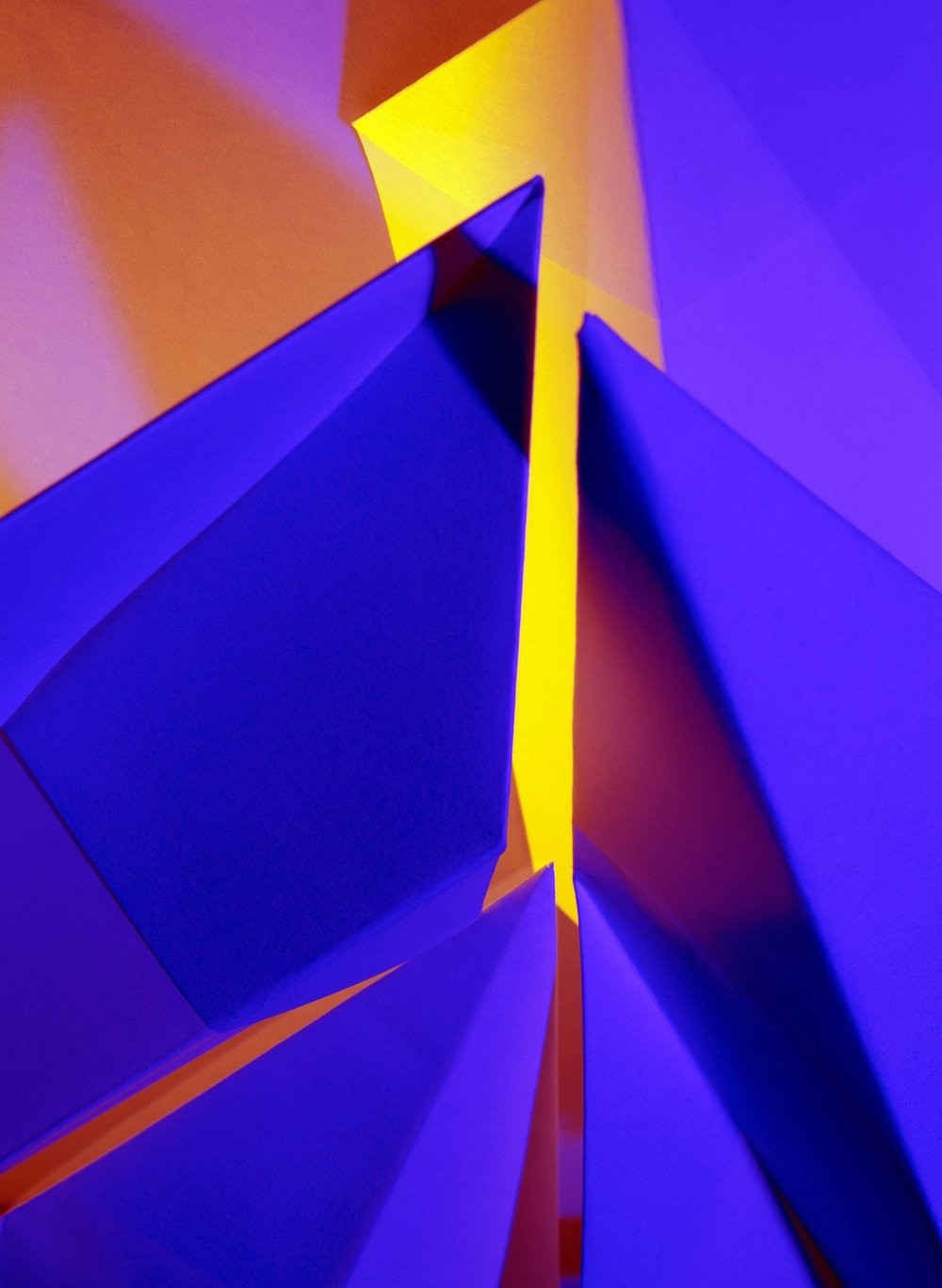David “Squid” Quinn
David “Squid” Quinn
David Quinn, a visionary artist, made a bold decision to depart from his art studies and align himself with the mesmerizing Blue Man Group, a performance ensemble that captivated his heart. Devoting seven years to collaborating with the group, he played an instrumental role in their exploration and expansion.
Subsequently, his artistic journey led him to the realm of video production, where he flourished as a skilled dance videographer and editor. Throughout his odyssey, he delved into the realm of art video editing and installation, working alongside esteemed clients such as Bruce Nauman, the legendary Blue Man Group, Alvin Ailey, and Richard Serra.
In the transformative year of 2002, David embarked on a resolute path of self-discovery and creative evolution. His deep affinity for vibrant hues, perhaps inspired by his affiliation with Blue Man Group, became an integral part of his artistic expression as he seamlessly integrated vivid and luminous colors into his imagery. In addition, he consistently embraced an abstract vernacular in his photographs, seeking to strike a delicate balance where subjects hovered on the edge of recognition, enticing viewers to delve into their own memories for interpretation.
Above all, David aims to infuse joy and delight into the viewer’s experience of his artwork, even if the pursuit of identification is not their primary focus. Embracing the mounting of theatrical shows, he now seeks to expand his horizons once more, exploring how his vibrant and abstract language can be harnessed to invigorate live events and immersive installations. Engaging in spirited conversations about art, in all its diverse forms, with fellow artists and art enthusiasts remains his cherished pastime, fueling his creative spirit and nourishing his artistic soul.
David Squid Quinn “Mechanic & Organic 0452” 2023
Artrepreneur: How does your choice of subject matter reflect your personal interests and artistic vision?
DSQ: I am a lover of abstract painting and I have discovered my subject matter by experimenting with objects that serve my goal of abstraction. My challenge has always been to find simple, recognizable objects that I could light and frame in a way that made the individual shapes and colors of its parts more dominant than the whole object. I started with paper bags and loved how I could take this mundane object that everyone recognizes and make it into a vibrant, dynamic, geometric abstract composition on the wall. Once I realized that the folds allowed me to record a strong edge where two colors met, I immediately thought of paper airplanes. Again, this mundane, recognizable object is easily reduced to a grouping of colored polygons but still maintains a wholeness the borders on archetypical. I love the idea that someone finds themselves intensely visually engaged with a banal object like a paper lunch bag or paper airplane. And it is fun to watch people smile as they recognize the object and their process of identification.
ATP: How does your work contribute to the ongoing dialogue and evolution of the medium of photography?
DSQ: Photography is such a common form these days that most people approach a photograph with a strong confidence in their viewing ability. Their confidence is based in an assumption that a photograph is a mechanical record of something “real” and not fully created on paper or canvas purely from the mind of the artist. When viewing an image, there is a moment of recognition that comes just before the process of identification. This is the base experiential process for photographs. If the photographer is able to subvert this process for just a moment, the viewer can get lost in a color or a shape. In that moment, the viewer is experiencing the ‘object’ of the photograph and not merely identifying the subject. Encouraging a viewer to recognize the formal, compositional elements in the photograph leads to a greater appreciation for the artistic skill of the photographer and veers photographic appreciation away from just the “right place, right time, right gear” critique. In my work, I utilize the vocabulary of geometric abstract painting with the goal of getting a viewer to approach my photos with the same mindset they would have when looking at a painting. My hope is that this leads to a more nuanced reading of photographs as fine art and not just mechanical records of moments, people, and places.
David Squid Quinn “Escadrille 8890” 2023
ATP: How does the absence of a subject or negative space contribute to the composition of a photograph?
DQ: I am a bit of a snob in that I don’t believe a photograph is ever without a subject. No matter how abstracted a subject is, even if it is unrecognizable, the subject still exists as a photographic starting point. A skilled photographer can recognize the strength of the space around a subject and utilize it as a bold shape, a visual pause, or a compositional counter weight. In my experience, more negative space can create a simpler or calmer composition while a tighter crop can create tension as the subject pushes against the outer edges of the frame. Even better is when a photographer composes the frame in a way that turns spaces into strong shapes with hard edges that start to feel like puzzle pieces perfectly fit together.
ATP: Is there a boundary between documenting reality and creating art through photography?
DSQ: Any boundary between documentation and art creation is fluid, blurry, and dependant on the skill of the photographer. The ultimate goal for photographers is to record a shutter click of a moment in a way that allows the resulting photograph to transcend what is being documented. Artists see things in the world in a way that others may not and their art is an attempt to show their view of the world to others. In every medium of art, the goal is to achieve the trifecta of subject matter, technical execution, and emotional content. Whether fine art, photojournalism, editorial photography, or fashion; When those three elements are equally strong, the viewer has a fully engaging experience.
David Squid Quinn “Escadrille 9439” 2023
ATP: Can you share some insights into your post-processing workflow? How do you enhance your images to achieve the desired aesthetic?
DSQ: My goal is to adhere to the technical limits of photography to make my photos. My workflow is fully digital but the vibrant colors are achieved through the lighting process. Of course, Photoshop allows an infinite range of adjustments but if I have accomplished what I want during the shooting process, the color in the RAW file is resistant to major changes. I bracket my photos extensively so the first important step is choosing the file with the best balance of color information. After that, most of my adjustments are to brightness and saturation. If I try and alter the color too much it starts to get blotchy and pixelated. The trick is to maintain the proper relationship between the colors in order to maximize their vibrancy. I use cropping judiciously. I find a tighter crop creates a compositional energy that works well with the bright colors. Though some compositions are better served with a bit of breathing room so the viewer can enjoy a larger field of color.
David Squid Quinn “Escadrille 8834” 2022
ATP: Are there any specific features or resources on artrepreneur.com that have been particularly valuable in advancing your artistic goals?
DSQ: I like the Resource Library at Artrepreneur. It’s great to have a place to download basic legal forms and read articles on the issues you need to know about as an artist. The Art Journal is also an entertaining insight into the art market and the challenges of being an artist. I much prefer to read art related stories because it keeps my head in an art making space while making me think about the larger context of the art market.
DSQ: Have you found the platform to be effective in connecting you with opportunities, promoting your work, or expanding your network within the art community?
Artrepreneur is full of opportunities for artists of all mediums and genres. Finding a call for art that spurs you to apply is a great exterior motivator. Seeing such a great range of art and artists is also helpful in the self critique and pricing areas. I think it is important to really consider how well ones work fits within the context of Artrepreneur and allow that to be a nudge to improve your technique, adjust your pricing, and follow other artists to watch their progress.
To view more of David’s work please visit his Artrepreneur profile.




